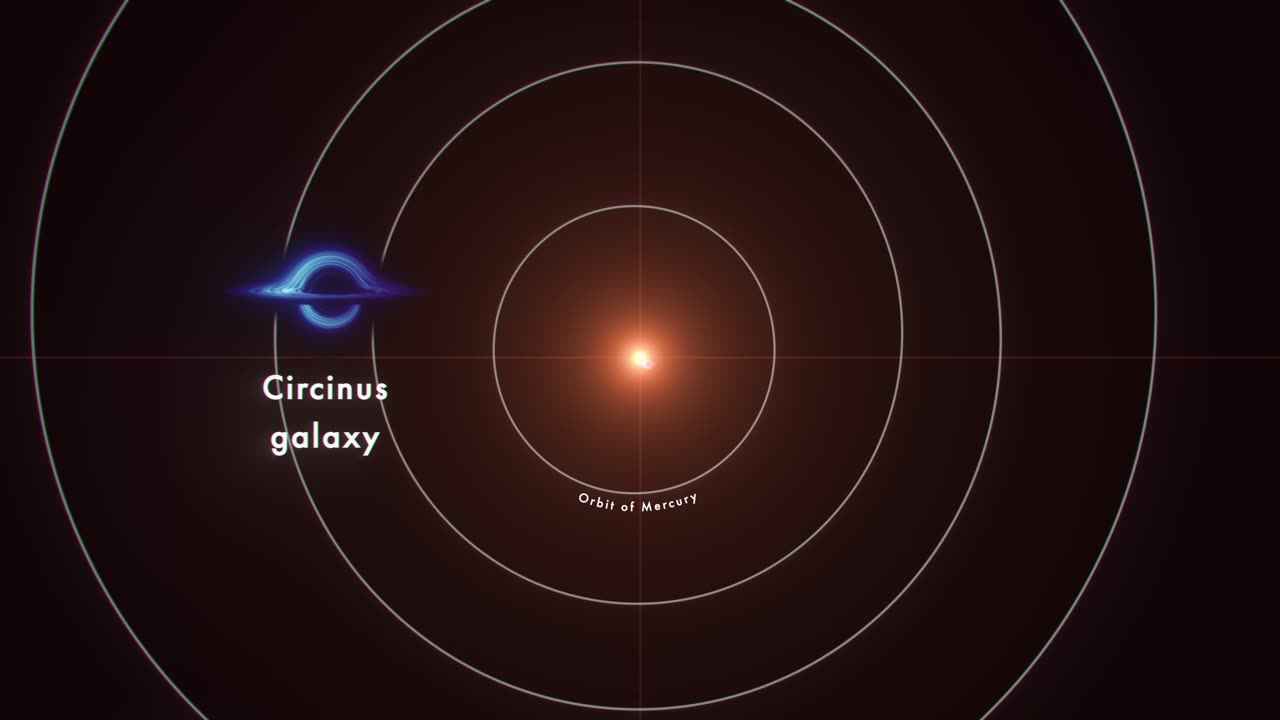Premium Only Content

NASA Animation Sizes Up the Biggest Black Holes
Description
NASA Animation Sizes Up the Biggest Black Holes
NASA Goddard
7.2K
Likes
897,989
Views
May 3
2023
Editor’s Note: A previous version of this video mislabeled the orbit of Saturn as the orbit of Jupiter.
This new NASA animation highlights the “super” in supermassive black holes. These monsters lurk in the centers of most big galaxies, including our own Milky Way, and contain between 100,000 and tens of billions of times more mass than our Sun.
Any light crossing the event horizon – the black hole’s point of no return – becomes trapped forever, and any light passing close to it is redirected by the black hole’s intense gravity. Together, these effects produce a “shadow” about twice the size of the black hole’s actual event horizon.
The animation shows 10 supersized black holes that occupy center stage in their host galaxies, including the Milky Way and M87, scaled by the sizes of their shadows. Starting near the Sun, the camera steadily pulls back to compare ever-larger black holes to different structures in our solar system.
First up is 1601+3113, a dwarf galaxy hosting a black hole packed with the mass of 100,000 Suns. The matter is so compressed that even the black hole’s shadow is smaller than our Sun.
The black hole at the heart of our own galaxy, called Sagittarius A* (pronounced ay-star), boasts the weight of 4.3 million Suns based on long-term tracking of stars in orbit around it. It’s shadow diameter spans about half that of Mercury’s orbit in our solar system.
The animation shows two monster black holes in the galaxy known as NGC 7727. Located about 1,600 light-years apart, one weighs 6 million solar masses and the other more than 150 million Suns. Astronomers say the pair will merge within the next 250 million years.
-
 1:21:34
1:21:34
Josh Pate's College Football Show
1 day ago $4.00 earnedWeek 11 Reaction Show: Alabama Rolls LSU | Ole Miss Owns UGA | Miami Falls | AP Poll vs JP Poll
13.4K1 -
 30:01
30:01
Shrouded Hand
1 day ago $3.66 earnedThree Disturbing Missing Child Cases
11.8K3 -
 8:27
8:27
Rethinking the Dollar
15 hours agoHow to Navigate the Crypto Boom vs. Metals Drop in 2024
6.45K3 -
 1:00:23
1:00:23
PMG
13 hours ago $2.07 earned"The Dark Alliance of Big Pharma & Big Food w/ Dr. Tenpenny"
5.98K1 -
 0:44
0:44
OfficialJadenWilliams
11 hours agoiPhone password
3.85K5 -
 13:16
13:16
Degenerate Jay
12 hours ago $2.09 earnedHow Stellar Blade Did Outfits Right
10.7K4 -
 1:01:55
1:01:55
Bright Insight
9 days agoAncient Apocalypse Review LIVESTREAM
97.3K81 -
 1:03:31
1:03:31
Steve-O's Wild Ride! Podcast
4 days ago $16.95 earnedDave Mustaine Takes Sh*t From Nobody - Wild Ride #242
44.1K20 -
 LIVE
LIVE
MissesMaam
6 hours agoRumblers Survive Cannibals and Mutants | Sons of the Forest 💚✨
1,289 watching -
 3:02:59
3:02:59
PudgeTV
11 hours ago🔵 Mod Mondays Ep 46 | Cancel This Podcast
26.8K